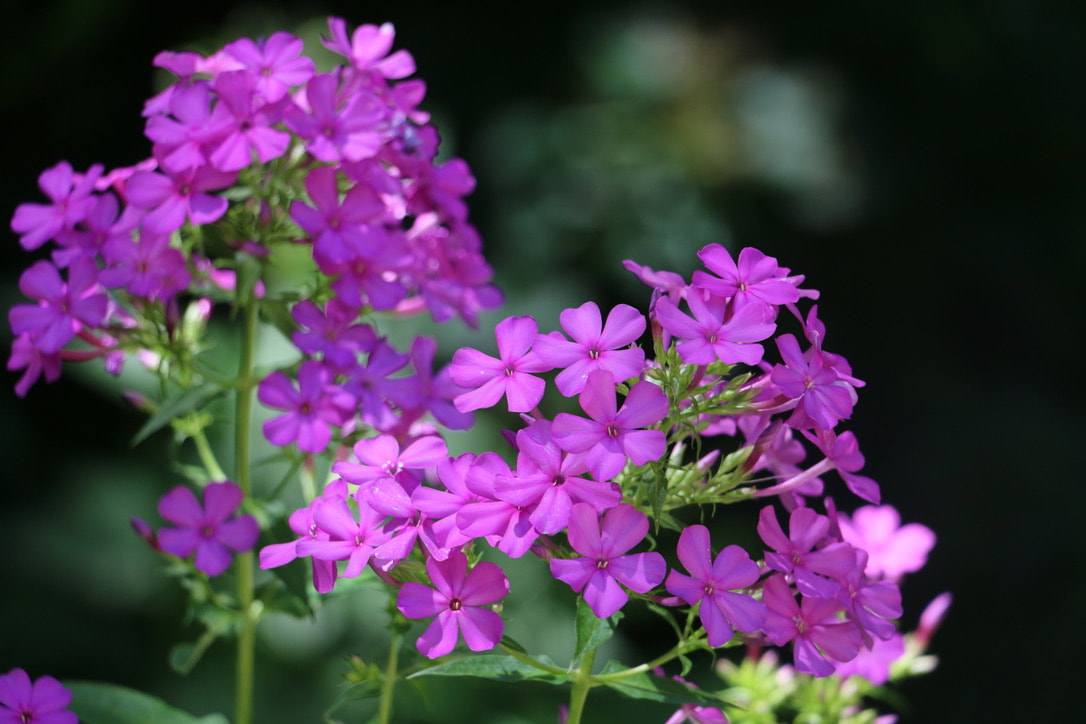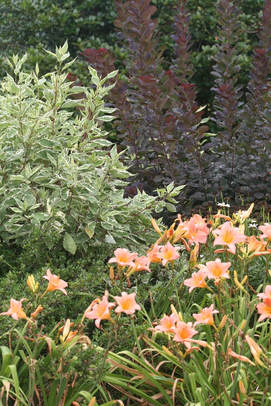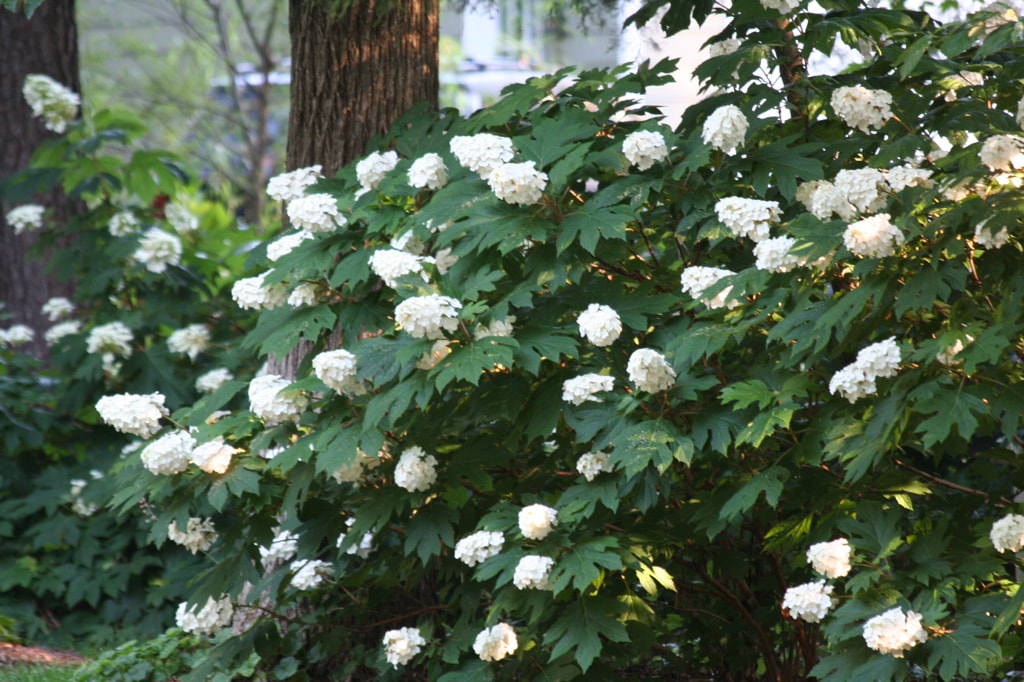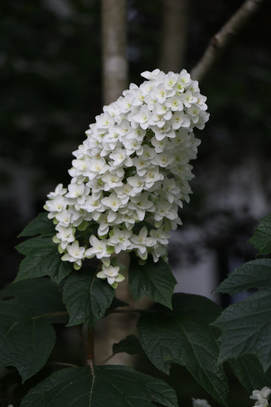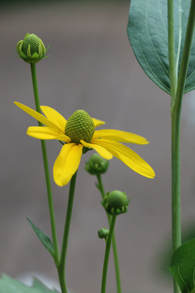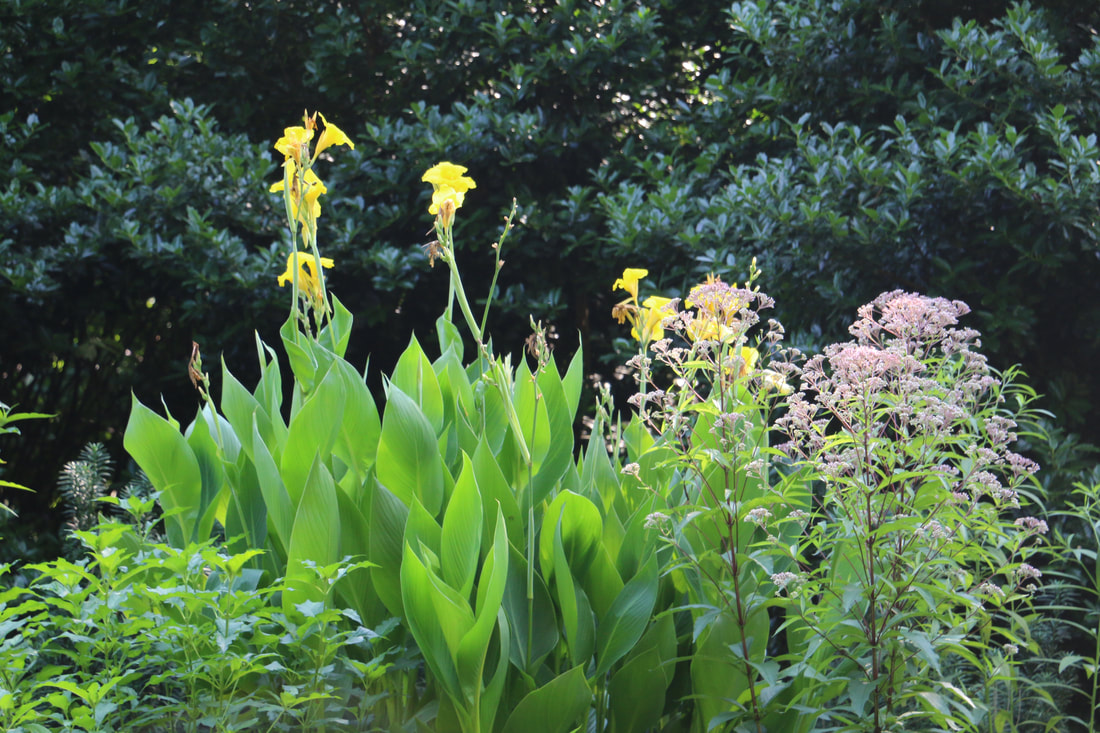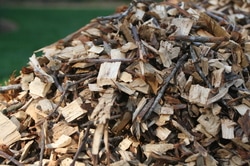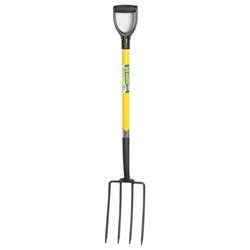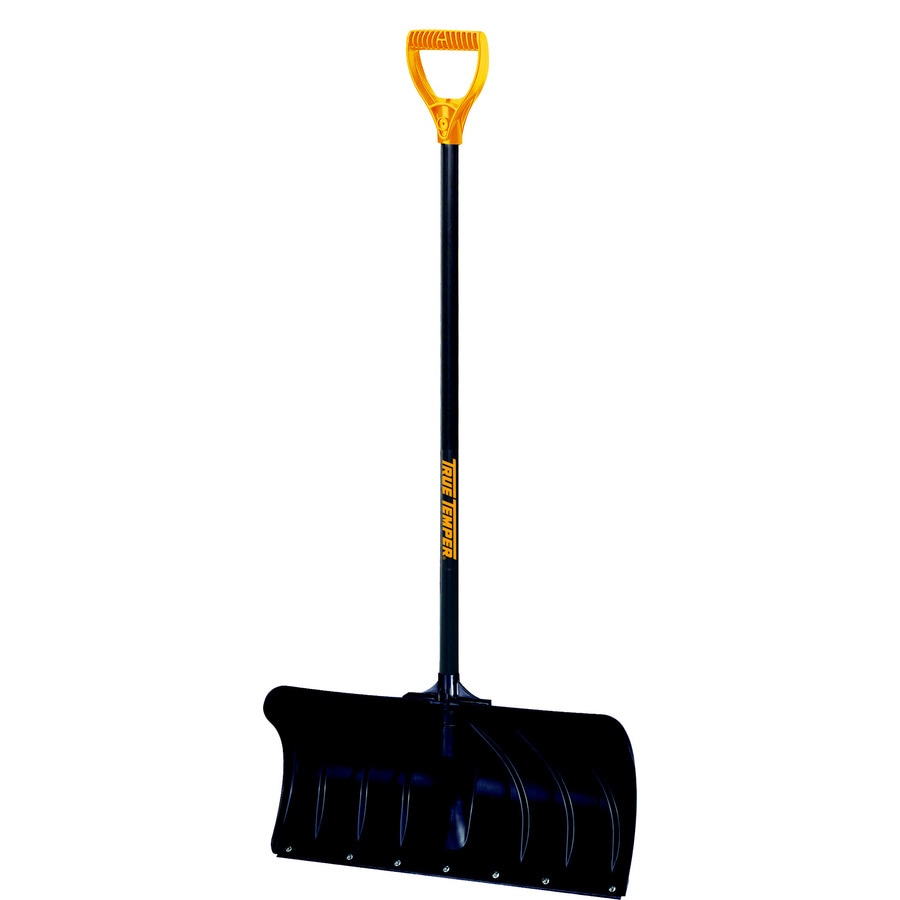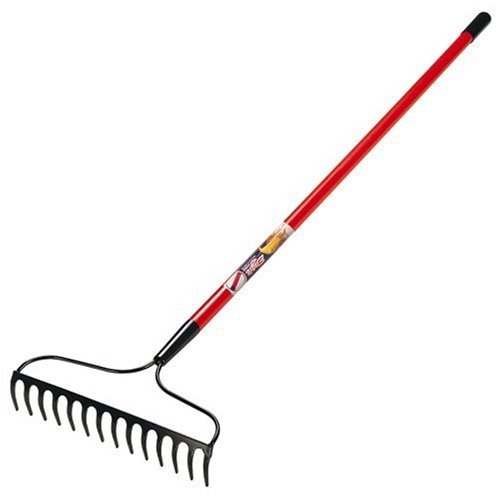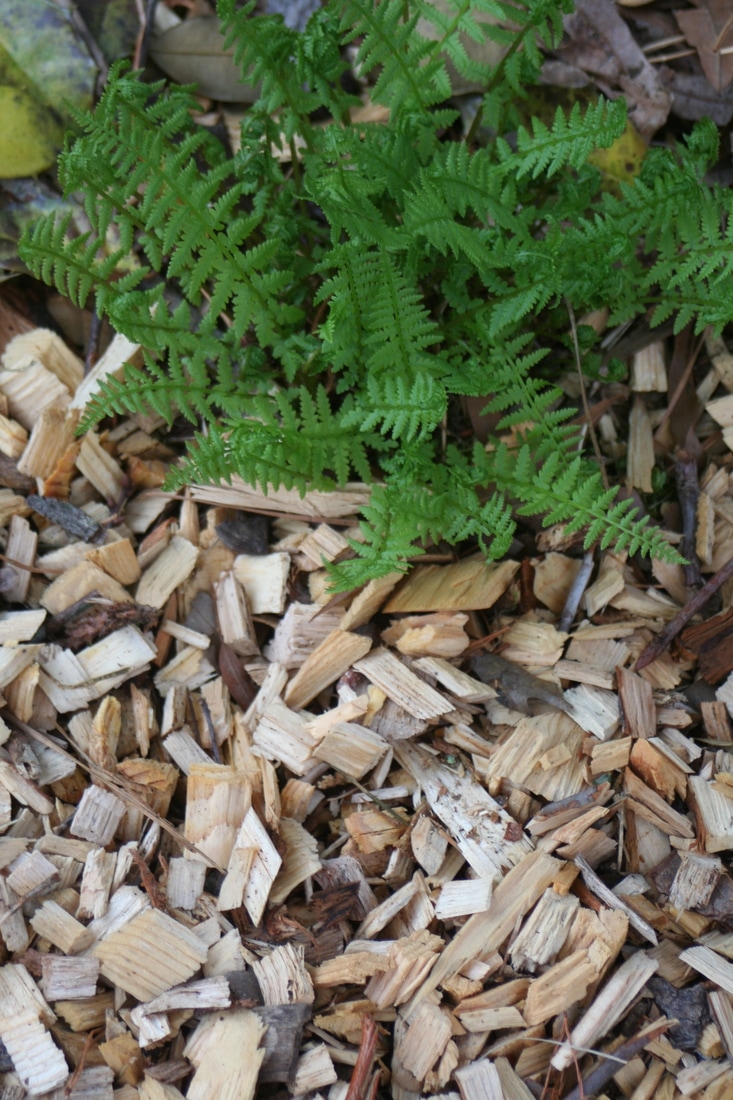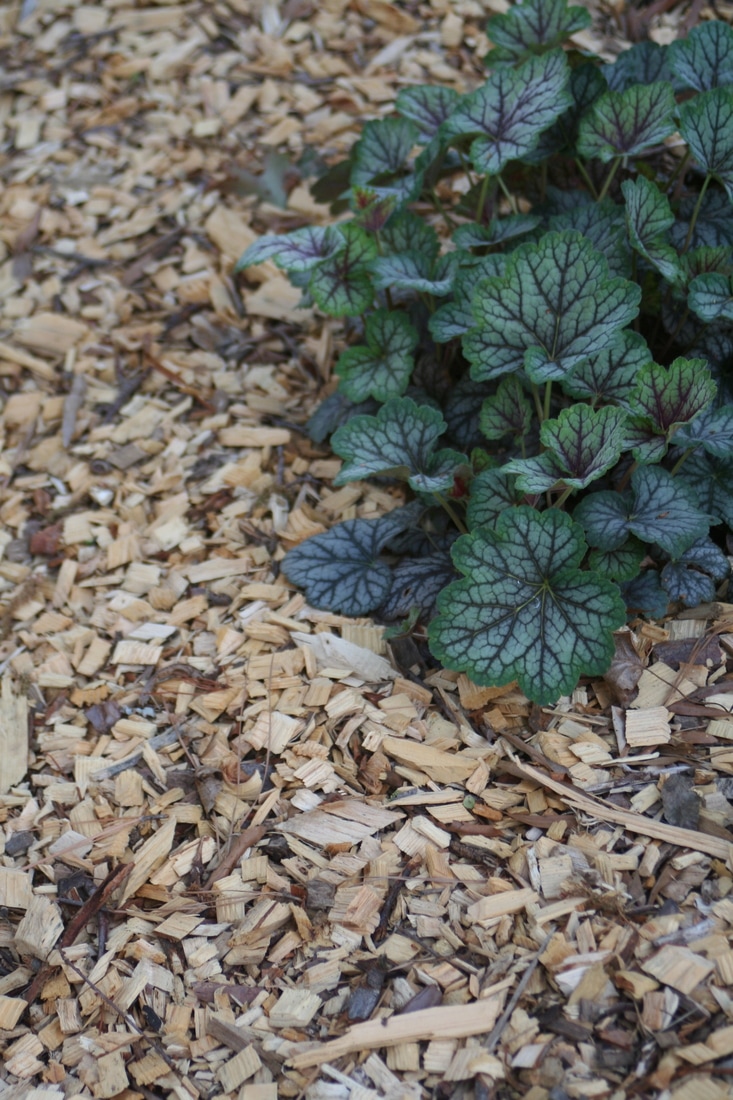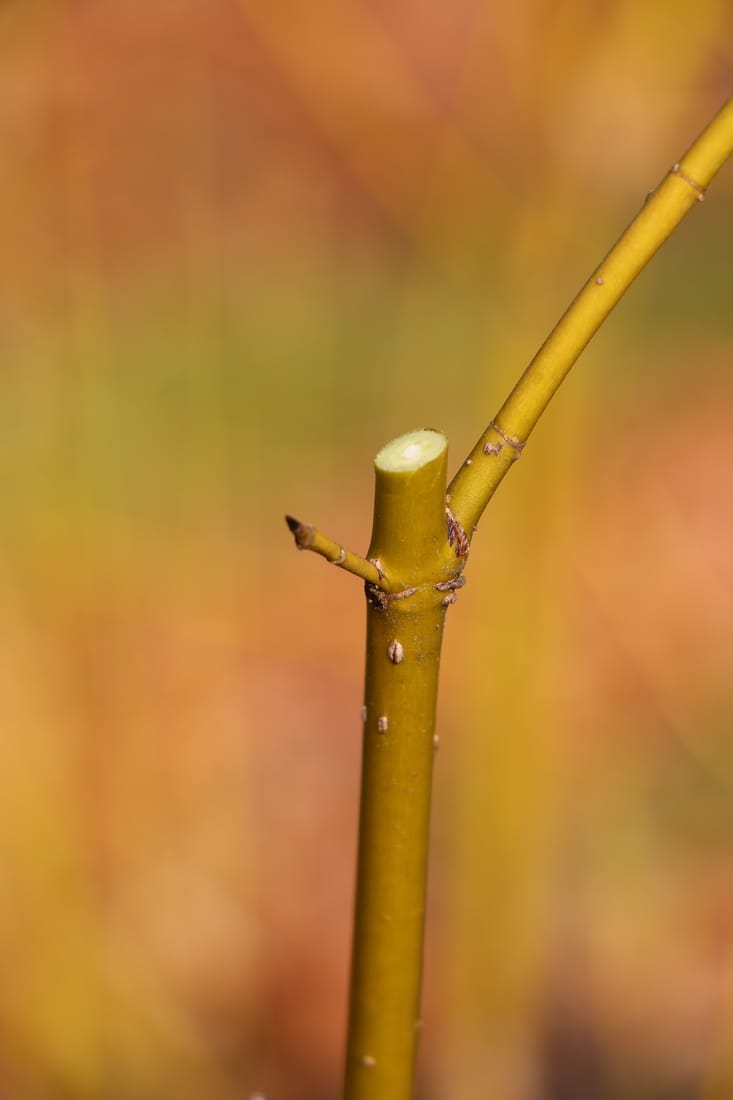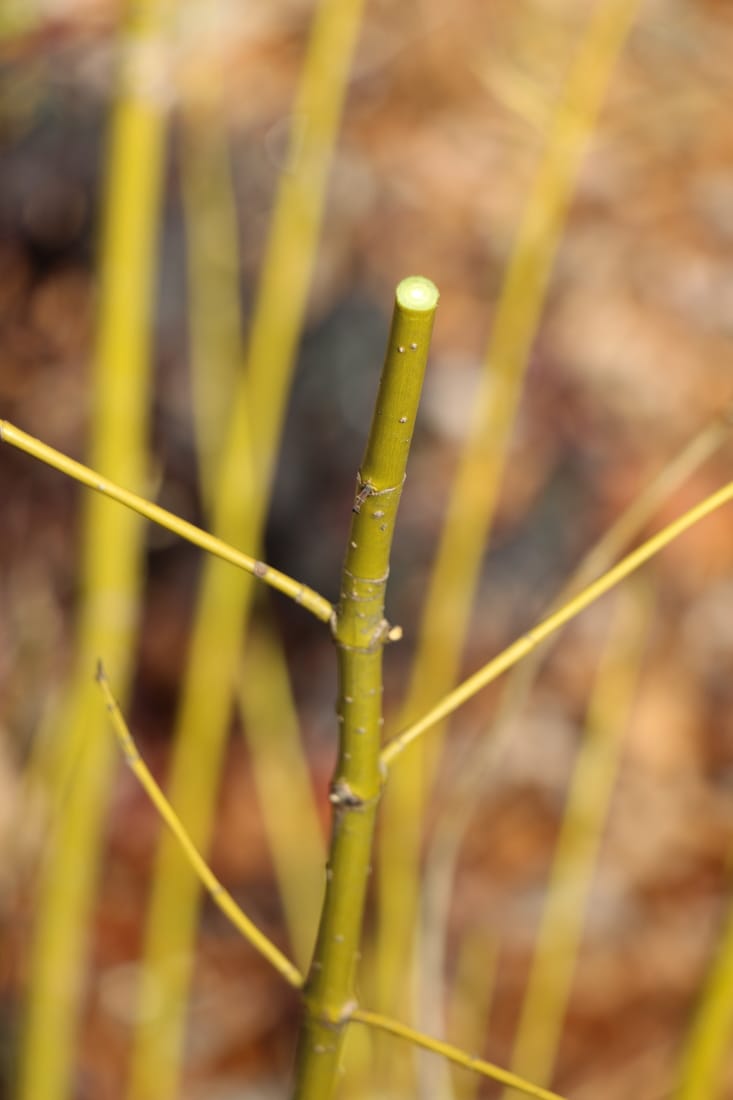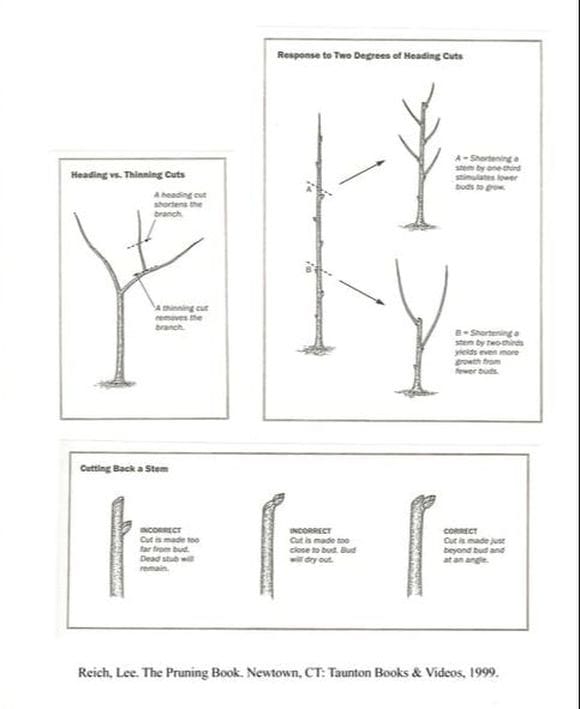|
Wow! It’s been a long time. Life can definitely get in the way. So, here we are, ready to take two steps back and one step forward… We were in the process of dissecting the design process, breaking it all down into really small steps, starting from the very beginning, having already asked a lot of questions of the client and developed project goals. Fast forward, we’re now immersing ourselves in the site, spending about two hours collecting data, walking, thinking, pondering, brainstorming. Tedious, yes. But, on a nice day with the birds singing and the sun warming our backs, the work doesn’t get any better than this. We’re in the zone. 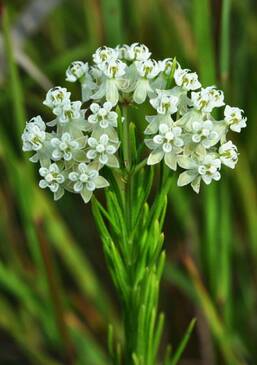 Asclepias verticillata Asclepias verticillata We evaluate the following:
We begin to sketch a new layout with hardscapes (patios, decks, walks), lawn, and planting beds. And we take a ton of pictures to save us another trip. I want to pause and emphasize here that one of our goals is to always minimize lawn and Plant More Natives. We’ve already discussed the many benefits of this approach during the initial consultation so we’re now ready to review the data and goals, gather any additional input from the client, make some decisions, and refine our rough sketches. We plot the home and hardscapes, size the (small) lawn, and mark the transitions. Every other space is left to natural succession or planted with trees, shrubs, and perennials. We’re designing a lush beautiful landscape. But, we’re also providing food and shelter for bugs and wildlife so they can help us keep pests in check. We’re shading the ground to eliminate mulch, retain moisture, and prevent weed germination. Ultimately, we’re reducing maintenance hours and our carbon footprint. We’re now ready to develop and name plant combinations for our enormous beds.
The true test of a good design is not what the property looks like when first planted but what it looks like 5 to 10 years later. That should be about the time we really begin to enjoy the eye-candy, not the time for a renovation. Unfortunately, many landscapes become a mess as they age. They looked good initially, all freshly planted and mulched. But when life set in and the plants grew up, these living breathing things became a hodge-podge of a maintenance nightmare.
This painfully slow process of assessing site conditions, but more importantly, assessing the proper shapes and sizes of plant groups, is essential and may involve more than one season. In the beginning, we’re simply walking the yard, getting to know the lay of the land, and perhaps sketching a rough plan view with blobs (not perfectly circular bubbles) and lots of notes in the margins. We begin to weave, giving each blob or plant group a shape, height, and width. Think of planning as the "weaving" of plant groups or masses. As we continue this weaving process, we revisit and rework mature height and the starting and stopping points of plant sweeps. Will this groups of plants be chest, hip, or knee height? Where will the plant sweeps begin and end? Is there enough overlap or weave among the groups? We’re organizing horizontal and vertical layers to shade every inch of the garden. This is the concept or long-term planning stage of big pieces, where we pull back our lens and focus our mind’s eye on the big picture of fully grown, mature plants. We're envisioning the end result in 5 to 10 years, and keeping in mind... the first year they sleep, the second year they creep, then they leap. And we have yet to name a single plant or visit a nursery. Imagine that.
Typically, designers spend a lot of time onsite collecting measurements and data, regarding sun, water, and wind exposure, bed lines, focal points, etc., etc. This is all good information for plant selection. But, there's another step. After determining the size of the lawn area and before plant selection, we step back and envision the overall landscape in terms of eventual plant heights and shapes.
Landscape design is more than beautiful plants sited well for the environmental conditions. Good design has to age well. Thinking about mature height is a good place to start.
Mulching... another exciting maintenance topic... snore. Irrigation, pruning and now mulching, we gardeners really prefer to design and plant the garden, not maintain. So let's get to it and make sure this backbreaking, dress-up chore is quick, easy, and cheap. We always mulch during the first quarter of the year (Jan, Feb, Mar) when plants are asleep, there’s not as much activity in the garden, and the family calendar is a bit quieter. We also limit the mulch to the edge of the beds. If we design and plant so that trees, shrubs and perennials are touching at maturity and we leave behind a thin layer of fallen leaves, there’s no need to mulch the interior of the beds. We’ve sufficiently shaded the ground to discourage weed germination, and we don't see the interior spaces of the beds in spring, summer and fall anyway. We mulch only to define our edges.
The chips are delivered within a few weeks and dumped on the driveway, ready for spreading. We start by holding a pitchfork vertically and pulling the top of the mulch pile onto the driveway. We then scoop the chips into a deep wheelbarrow using a super-wide, easy-to-wield snow shovel. After dumping the chips from the wheelbarrow into small piles at the edges of the beds, we spread them with a heavy-duty metal rake to create a 3-inch thick edge. Add a few friends, relatives, kids, and extra tools to the process, and this mundane chore quickly turns into a gabfest with fringe (edge) benefits. Have fun. Think spring!
Ho hum… pruning… just another boring maintenance topic, right up there with proper irrigation. I do, however, consider pruning quite therapeutic. There’s nothing better than throwing on a sweatshirt on a chilly day and getting a few plants ready for spring. Winter, when plants are dormant, is the best time to prune anything if we don’t care about spring bloom. Alas, it’s that time of the year again and a good time to share some tips. We prune the bulk of our plants sometime between January and March when they’re asleep and there’s not much going on in the gardens. The spring calendar is too crazy for this time-consuming task. Summer is too hot and fall way too late. Minor corrective pruning can be done year-round, as needed. In our gardens, we occasionally forgo spring bloom for one year because of the way we prune. If we are planning and planting the proper plant for the space we have, then a plant should only need corrective pruning to eliminate crisscrossing branches and open the middle for light. Unfortunately, plant growth isn’t an exact science. Where a plant is happy, it can exceed expectations. In the field, we are also dealing with client mistakes, i.e. that 6-foot Compacta Holly under a 4-foot high windowsill. As much as we love pruning, we despise pruning the same shrubs year in and year out. Instead, once every few years, we hack them back hard and let them grow up over a period of several years. Thus, staggering the job, pruning different shrubs in different years, and always hard-pruning. Hand pruning is a-must for healthy plants and a natural look. Proper pruning allows filtered light into the shrub, promoting growth from the bottom up and the inside out, the way a plant should grow. To shorten a branch or stem, make pruning cuts ¼-inch above a side or lateral branch. To remove a branch, cut it all the way back to a main stem or trunk. Never make cuts between branches or buds leaving ugly stubs. We’ve included pruning illustrations from Lee Reich’s book, The Pruning Book. Generally speaking, all plants are pruned this way. Ratchet pruners are always easier on the hands and wrists. Sell those electric sheers and hide those scissor sheers, using them only for ornamental grasses. These pruning devices indiscriminately cut stems leaving stubs throughout. The plant reacts by producing copious amounts of growth at the stub, which shades the interior of the shrub. Ever parted a sheered shrub and looked inside? The branches are dead. No light, no growth, green meatball. Additional notes… - If we care about bloom and can fit the time into our busy growing season, we hard prune after the plant finishes flowering. This a rule of thumb for most plants… prune after bloom. - Thicken a shrub by making a few pruning cuts here and there, winter, spring and summer. Because the plant is compromised and out of balance with its root system, it will produce additional foliage and eventually a thicker shrub. - When deadheading perennials, we make pruning cuts so that the stems are well hidden by the foliage. This may mean the flower stems are cut to the ground. - Avoid pruning trees and shrubs during the fall months. New tender growth generated as a result of the pruning will not have time to harden off before freezing temps arrive. Enjoy hand pruning once more by scheduling it during a quiet time in the landscape and removing several years of growth. Do not hesitate when pruning mature healthy plants. They are extremely resilient. Go for it. Happy New Year! Plant More Natives.
|
Welcome to my journal. For over 20 years I've created original landscape plans to help homeowners increase property value and really enjoy their yards. I approach every project as an unique opportunity to develop a work of living art, one that will require minimal care and age beautifully with time. In this journal, I will share some of my field experiences and tricks of the trade with you. Feel free to email questions. Thanks for visiting.
Archives
February 2019
|

